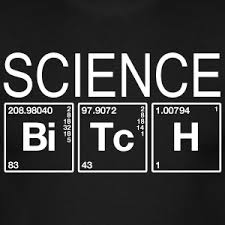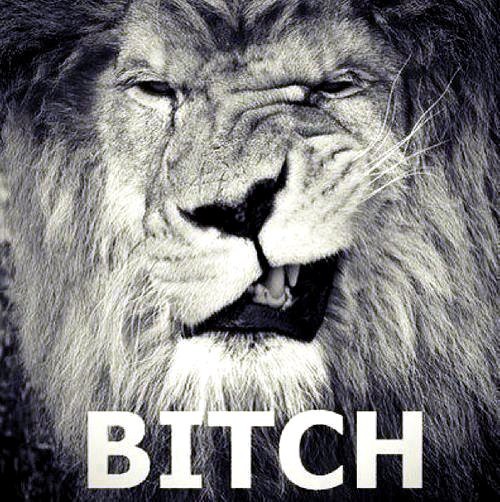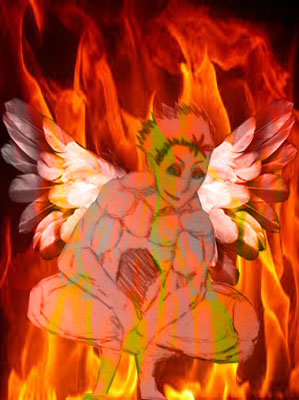Worldwide, the pharmaceutical market is one of the most lucrative enterprises out there. Worth reportedly worth $980.1 billion worldwide, it is only natural that a bootleg industry will leech of its success. Emanating mostly out of Asia, counterfeit medications are the most booming products on the black market. Some figures have the black market pharmaceutical industry at $200 billion, but the World Health Organizing (WHO) valued the global industry at $431 million. Most of that is coming out of China.
In 2014, there was a ten-day crackdown on online pharmacies selling counterfeit pills in the UK. During this span, 237 individuals were busted and 10,603 websites were shut down. $31.3 million worth of sham drugs were seized, 72% coming from India; 11% from China. In China, the counterfeiting was so out of hand that 60,000 people were arrested in a conspiracy involving 126 organized crime syndicates, in 2013. A staggering $28 billion worth of counterfeit goods were seized. In that haul, there were 300 million counterfeit pills worth $360 million.
Like fashion and electronics bootleggers, manufacturers of counterfeit pills find the medications with the highest demand and make knockoffs. They are then exported to other nations and sold online. However, former Deputy Assistant Secretary for the U.S. Immigration and Customs Enforcement agency (ICE), John Clark, says that most of the counterfeit pills seized in the United States “has shown traces of pesticides, rat poison, brick dust and paint, among other ingredients.” WHO estimates that the world loses a million people every year from bootleg medicine use. In 2012, 120 Pakistanis died after taking bootleg heart medicine.
If you receive a questionable pill, or see a medication you need posted on a random, shady online pharmacy, it’s probably best that you pass on it.


